Helgeland, Norway 2011
Stewart writes:
Helgeland has dramatic mountains; fjords; limestone caves and even a tidewater glacier. Whilst these are reason alone for visiting, it is the myriad of skerries and islands that make Helgeland such a special place to paddle. The Scots word skerry is derived from the Old Norse word sker meaning rocky islet. Whilst there are many skerries in Scotland, nowhere have I seen such expanses of skerry seascapes as exists in Helgeland. The skerries occupy the strandflaten, a large flooded coastal plain, intersected by fjorden; deep water fjords, not defined by mountains but below the surface by shallow seas with skerries and periodic islands protruding above the surface. This unique seascape extends 20-30km out into the Norwegian Sea, with intermittent outlying groups of skerries as far out as 40km. The skerry seascape fills much of the 70km between Vega and Lovund. The skerries effectively protect the paddler from most of the swell, but some crossings towards the seaward edge of the skerries can be affected by swell. With shallows amongst the skerries, only sea kayaks and shallow drafted boats are truly free to roam at will.
We flew to Sandnessjoen with our Feathercraft K1s and all our camping kit. From here, we would tour Helgeland; south to Vega and north to Lovund. We explored the islands near Sandnessjoen before working our way south to Vega, through the Vega World Heritage Site. We paddled past large crèches of young Eider ducks. Man has inhabited this seascape for over two thousand years and has formed a close relationship with these birds; providing perfect nesting conditions on remote skerries in exchange for the careful harvesting of down feathers from their nests. They however remain wild birds spending the winters at sea forming giant rafts. It is the special ways in which man has adapted to living in this seascape that led to the designation of the World Heritage Site. Settlements can be scattered across a collection of small islands and skerries, sometimes linked together with overhead power lines, threading them together. Not surprisingly, this was the first time that I have navigated by power lines at sea.
As places to camp, the skerries are pure joy. Whilst a surprising number of them are inhabited, most are not and we had “our own wee island” each night. There is something very primitive about being on your “own wee skerry” where you can see water all around you. We did however share the skerries with tern colonies, skuas and gulls that regularly indulged in aerial combat in front of our tent. In the air, the terns tormented would be thieves into fleeing empty handed.
There are large amounts of limestone in Helgeland and the limestone skerries are covered in a carpet of grasses and flowers. It was impossible to set up camp without squashing Fragrant Orchids.
Granite skerries, are covered in heath vegetation of heather, Bilberry and Crowberry. We camped on the peat padded surface and feasted on the bountiful berries.
Helgeland has one of the largest areas of mica schist in Norway. These relatively base rich skerries are covered in flowers where drainage is good, but away from the shore, the drainage is often poor encouraging the development of peat and heath vegetation.
The almost white rounded slabs which form the shores of schist skerries can often look like beaches from a distance. However, whilst beaches are not bountiful we regularly discovered small ‘secret’ sand or coral beaches tucked in small inlets, often southward facing, sheltered from the prevailing northerly winds. Some of these inlets have had their stones moved to the side to create the perfect spot to run your boat up the beach.
It’s not just skerries that are shared between Scotland and Norway. Our long overlapping histories have created more in common than we sometimes realise. On our way to Vega we met our first two kayakers. They appeared to be father and son. In our conversation, I expressed my pleasure at the almost absence of insects. We did have a few a couple of days earlier and I thought I’d better describe them in English rather than Scots to be understood. I described the large brown horseflies with a painful bite. Ah, the father said, we call them clegs. We laughed when I explained that that was also the name we use in Scotland. They were keen to talk about where we were going and we all huddled together in a social raft passing around our laminated maps as the discussion progressed. They were from Bronnoysund, had caught a ferry to Vega and were paddling to Husvaer. Apparently, they were part of the support crew for a Nepalese blues band who were performing on the island the next night. I resisted the beer they offered me and we each set off in opposite directions.
We paddled to both Vega and Lovund, camping on islands and sexy wee skerries as we travelled. We lived out of our kayaks for 14 days.
Towards Vega
We were towards the outer edge of the skerries. If there had been a swell we would have been exposed to its full effects, but the sea was flat and the shallow seas over sand were turquoise: With the sunshine and the light winds you could easily imagine that you were in the Caribbean. Overhead the deep blue sky was full of alto-stratus clouds aligned south-west to north-east confirming the weather forecast of an approaching low from the south-west. In northern Norway, the prevailing winds in good weather are from the north, but bad weather comes from the south-west.
With the forecast of deteriorating weather, we had awoken early at one of the best camp spots on the planet to get to Vega before the bad weather arrived later that day. Among skerries there are always route choices. To the left or to the right, both end up the same place. Stay amongst the skerries for shelter or migrate out to the edge to feel the open sea. We moved seaward and felt a gentle swell from the south-west. As we progressed southwards, a gentle northern breeze developed and helped push us along. We were in paddling heaven.
As we approached Vega, we lost the shelter of skerries. By the time we made our final exposed crossing to Vega there was a stiff force 4 behind us. Just before we reached Vega, we met two paddlers coming in the opposite direction. The male was keen to stop to for a chat. He was interested in our journey. Yes they too were part of the support crew for the Nepalese blues band and friends of the paddlers we had met the previous day. His partner seemed to be wearing next to nothing under her buoyancy aid; her exposed shoulders open to the elements. Her skin was brown and weather beaten. Apparently she was an open water swimmer and like most days, had swum in the Norwegian Sea that morning. They were both paddling with attractive Greenland style paddles. He explained that a man on Husvaer makes them: They were expensive but worth it. She was becoming impatient (and a little cold). Without paddling we were steadily being pushed by the wind towards our destination. They on the other hand were losing their hard earned progress. He helped her put her cag on. We left them to continue their battle into the wind.
By early afternoon we had camp set up and the weather was rapidly deteriorating. We were still keen to get to Lovund to the north of Sandnessjoen. We decided to take a ferry back to Sandnessjoen and onwards to Sleneset.
Torsk
I’m not much of a fisherman; the most I’ve achieved is a few Mackerel when touring in the west of Scotland.
Shopping for two weeks worth of food & fuel and getting it all to the rest of our kit is always a challenge in an unfamiliar town. In keeping our airline luggage weight down, I ended up without fishing gear. I had secretly hoped that I could pick up some cheap gear in the supermarket. With our shopping complete, and by the bus stop to our camp site, I still hadn’t come across fishing gear (silently gutted).
Our last bus was due in 15 minutes and I thought perhaps I could get more cash from the bank. I left Debbie with all our provisions on the kerbside and jogged down the high street looking for a bank. Suddenly, I spotted a sports store and it had fishing gear (lots of fishing gear). Aaah, no time…….I grabbed the cheapest lightest fishing combo kit on the rack (which didn’t seem to be for children), some swivels and a handful of lures from a basket, paid and ran towards the bus stop. Shit, I’m going to need some oil, so I spun around and ran to the nearest supermarket, before charging towards the bus stop. Yes, the bus was late, so I had a few minutes to check what I had actually bought. It was a Shimano combo with a 6ft telescopic rod and a 2500 reel (590NKr). Very compact, I thought. Debbie thought it cute, pleased that it weighed very little and just humoured me. I could tell she was a bit sceptical about my ability to feed her with something so diminutive. The lures were a bargain 12NKr each. The bank cash point was out of order.
I would only be fishing to feed us, so would only do it if I had time before our evening meal. My first attempt was a few days in to our tour, an absolutely gorgeous day. We had been paddling over shoals of sand eel like things regularly throughout the day. I postulated that where there is prey there are predators. After setting up camp, we went for a swim, and started to make dinner. After our Gulrott (carrot) soup, Debbie was suggesting tinned sardines as a main-course side, but I offered to catch her something fresh. Looking at the size of my rod she said,
I guess I could eat fresh sardines!
Clearly my manhood was at stake. How could she question my manhood when I was standing there in my Speedos? (I was on expedition and was therefore wearing them until dry). I clambered onto the rocky promontory near the tent. First cast I hooked something, but it got away. The next three casts produced three Torsk (Cod). My wee rod was struggling to cope,
We’re going to need a bigger boat
I exclaimed. Each fish had to be cut into sections for frying in the tiny frying pan. It took several courses. Debbie, however, had the biggest challenge, washing the frying pan; a true test of womanhood!
We ate fresh fish four times during our trip: Torsk (Cod) three times and Sei (Saithe) once. I caught fish almost every time I tried. This was despite my profoundly agricultural casting style. I did lose some lures in seaweed, but as I learnt about where not to fish, this happened less as the trip progressed. The 8lb line strength didn’t help. I lost one lure when a fish decided to head to the seabed and my line snapped. I reduced the drag on the line after that, which made me feel like a proper fisher type.
In Norway, most backpackers have a rod strapped to their rucksack, even the teenage girls. I would not go to Norway without a rod. Fishing certainly added a dimension to our vacation expedition.
Lovund
These fast passenger ferries are remarkably adept at stopping almost instantly at a dock and setting off again minutes later. When the crew became aware that we were leaving the ferry at Sleneset, they rushed to our assistance and before we knew it our empty kayaks were carried off at head height over the assorted bicycles and bicycle trailers. Suddenly we were left on a dock, with our empty kayaks and all our kit and food in our boat bags. As the ferry disappeared around the promontory and everything fell silent, we looked around in a daze to see where we could reassemble ourselves and launch. There was no-where. We were on a substantial wooden dock and as far as we could see, the shore was steep volcanic rock. We decided to walk to where the car ferry docked a few hundred metres away. On the way we were grateful to discover a boat ramp blasted through the rock slabs. After a couple of journeys, we were at the water’s edge and able to continue.
Remarkably, we were able to get better mobile phone reception in the skerries of Helgeland than most places in Scotland. In fact there was no-where we didn’t get reception and it was usually 3G. As we worked our way between the skerries towards the open crossing to Lovund, we were keeping lookout for possible camp spots for the way back. As we progressed westwards, the taller and more rugged volcanic skerries were replaced with low rounded schist skerries over which we caught sight of Lovund a dramatic volcanic plug, standing proudly in the distance. From a distance, some of the skerries looked as if they were fringed in white sand beaches, but as we passed closer it became apparent that they were slabs of sparkling schist. We did see what we thought were sand beaches in the distance but didn’t trust what we saw, as we continued out to sea.
After a week of good conditions, the weather had become less settled with a series of fronts coming in from the south-west. Our original intentions were to camp at the outer edge of the skerries and thereafter make the open crossing to Lovund when conditions were suitable. However, when we arrived, the Norwegian Sea was flat calm, prompting Debbie to turn her bow towards the lighthouse marking the white schist skerries to the north of Lovund. I followed. After a very late lunch on Lovund, we started to look for somewhere discrete to set up camp. We struggled to find a suitable spot with all the houses around. Even the nearby skerries seemed a challenge with steep rounded schist sides. With perfect conditions, we set off, back across the open water to the skerries from where we came. Midway, we noticed that the horizon to the south-west was becoming dark as a squall approached. We moved closer together and purposely paddled towards shelter. As we reached the skerries, the wind was up to a strong force 4 and strengthening. A beam sea was steadily building. I was hoping to find a beach on a skerrie which I thought I spotted in the distance earlier that morning. Would it be sand or schist? As we continued to work our way further into sheltered waters the sea flattened again but we were still battling a force 5. We rounded a promontory at the end of a skerry and suddenly there was our beach. We set up camp at 9.00pm. It was one of our best camp spots of the trip. We stayed on the skerry for two nights. On the west side of the skerry I caught saithe. On the east side, if I let to lure sink, I caught cod. Between the two were a wonderful coral beach and padded camping.
Stavanger Airport
In Stavanger airport, a week after visiting Vega, we bought a copy of The Times which was several days out of date. It was then that we realised that the day we paddled to Vega, was 22 July 2011, the same day the terrible shooting happened on Utoya. We recalled seeing gruesome front page articles on Norwegian newspapers in Sandnessjoen when we stopped for supplies, but didn’t think twice about them believing the images were the sort of fiction that appeared in the former News of the World in the UK or the National Enquirer in the US. We were shocked. This was our fourth time in Norway and it is one of the safest countries in the world. The people are often cautious of strangers but behind their reserved behaviour lay warmth and a deep affinity with the land and the sea.

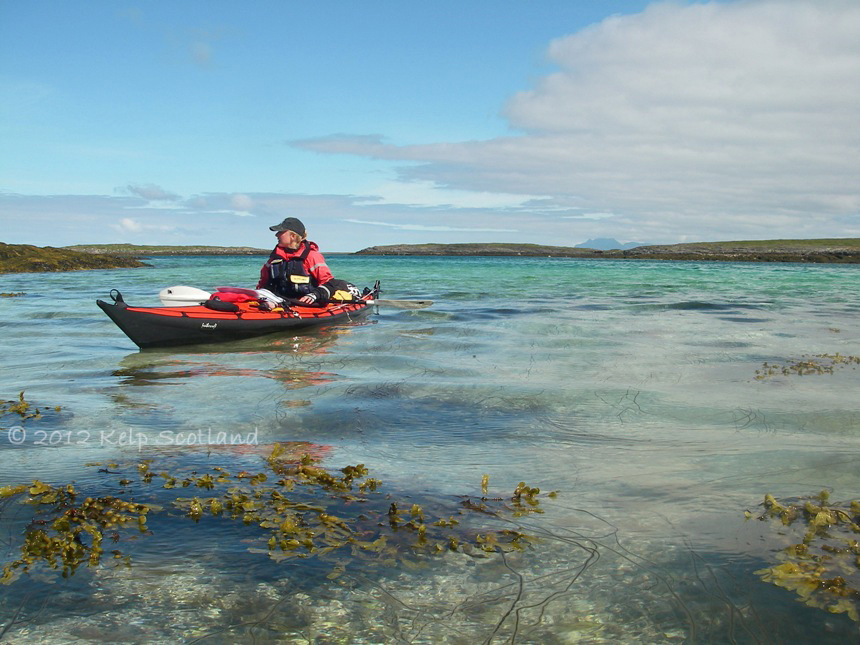
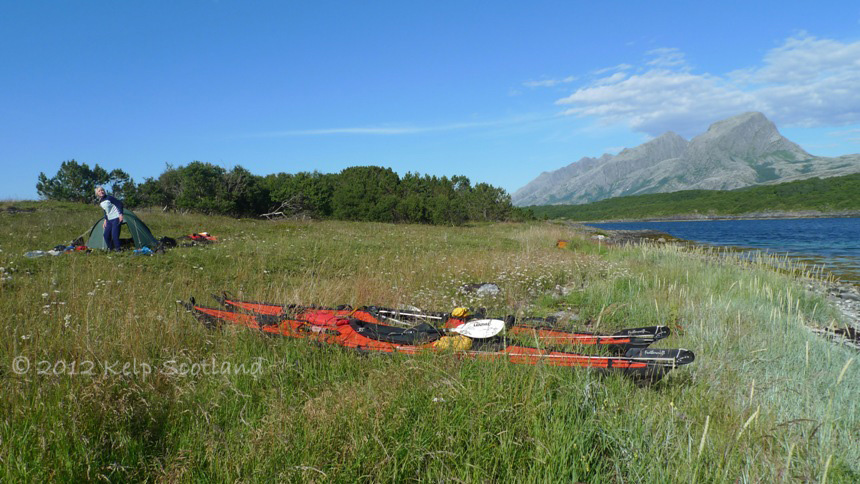
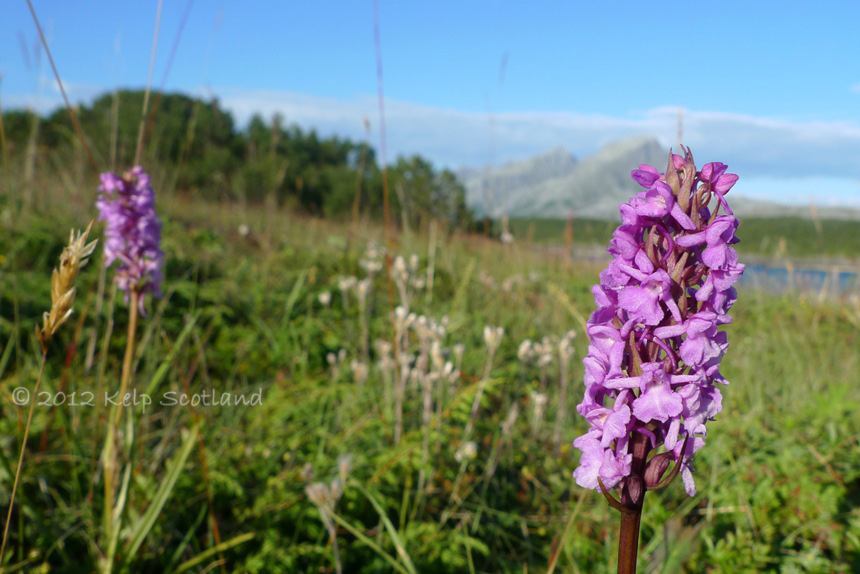
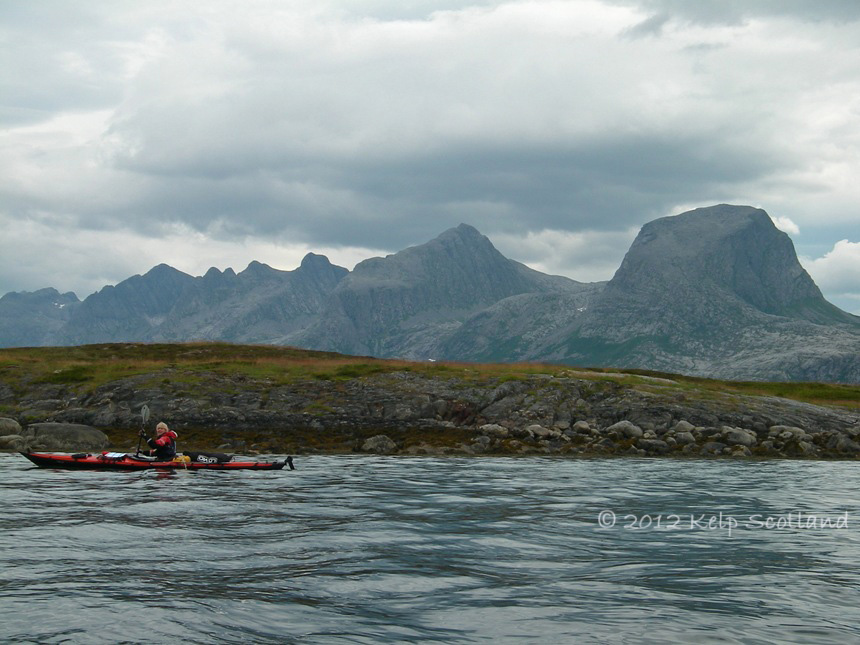

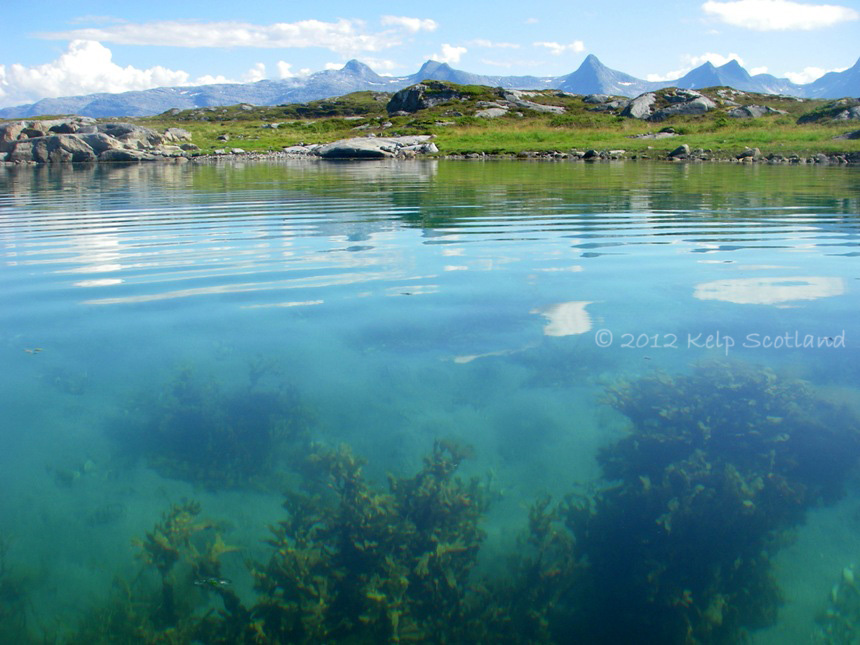
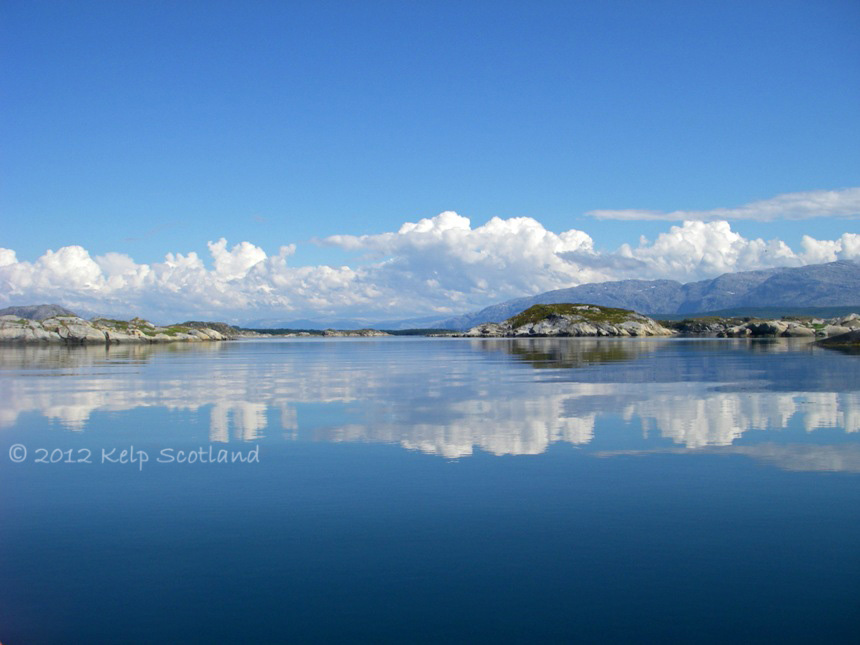


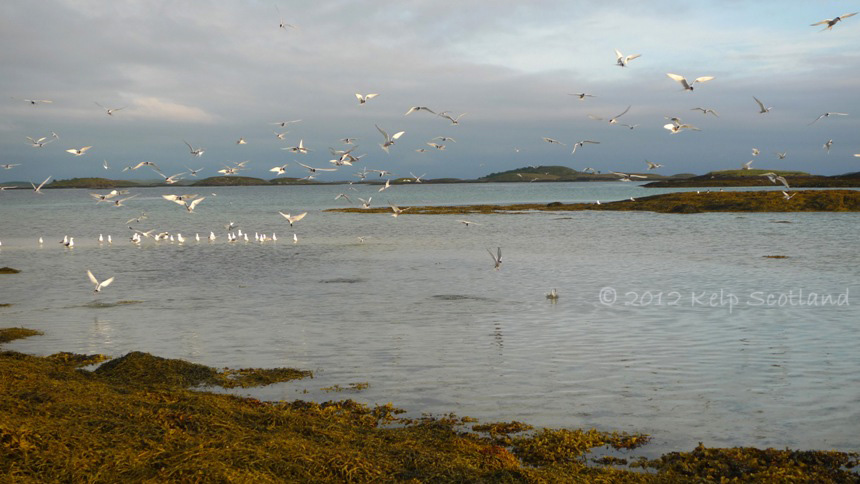
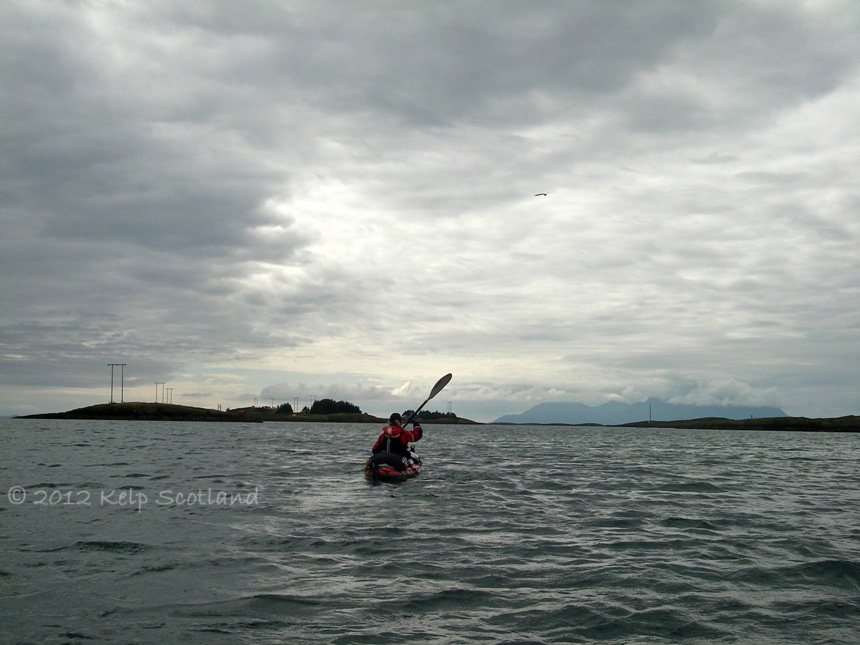
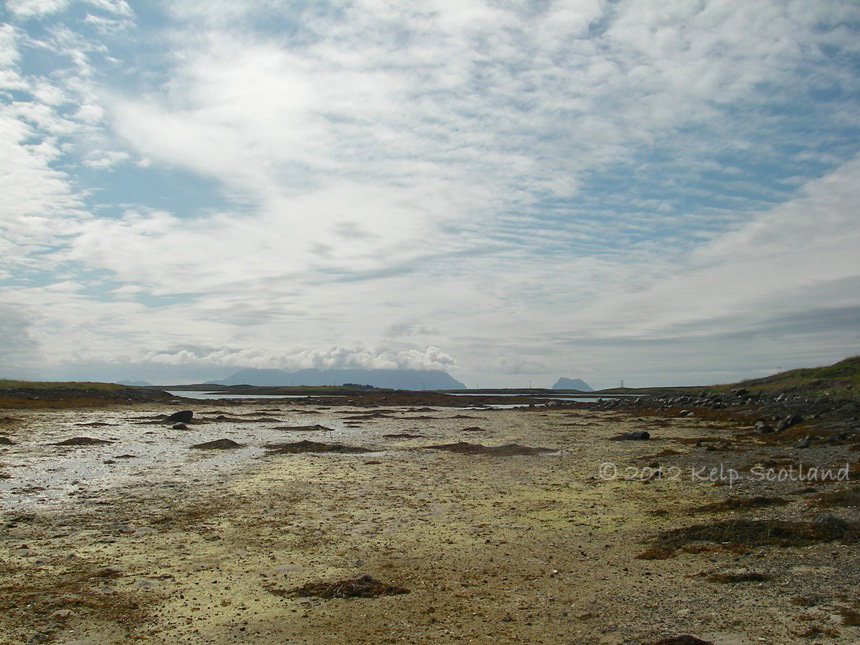
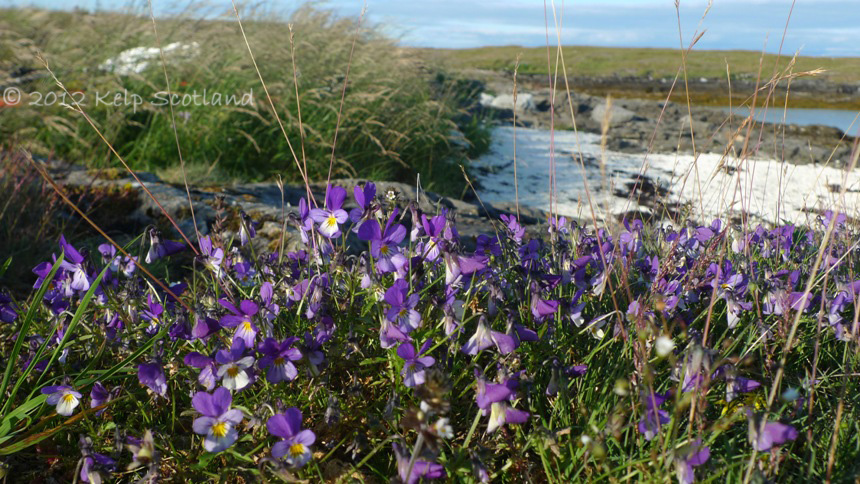
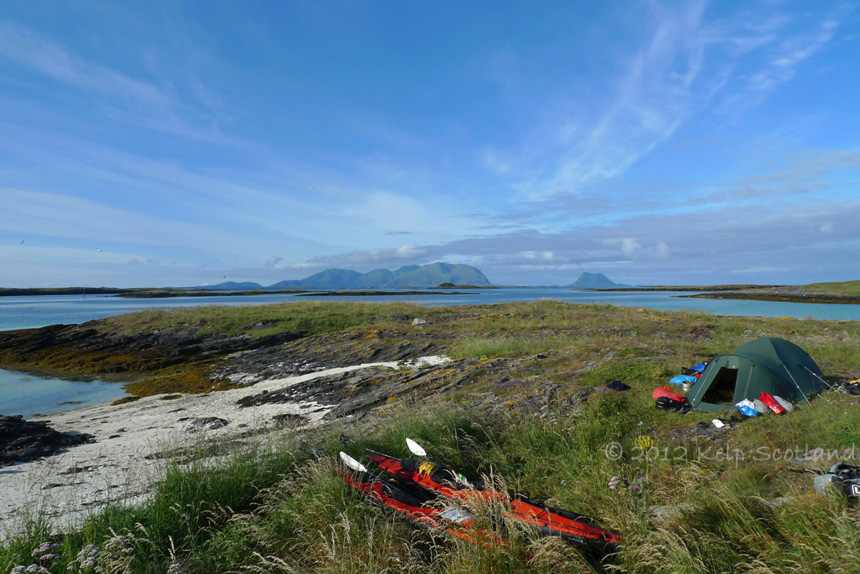
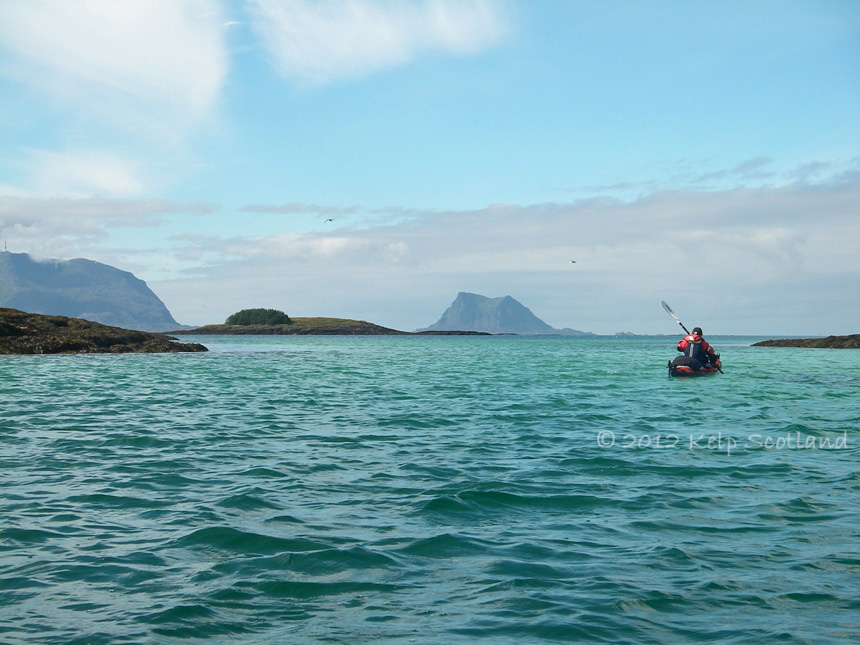
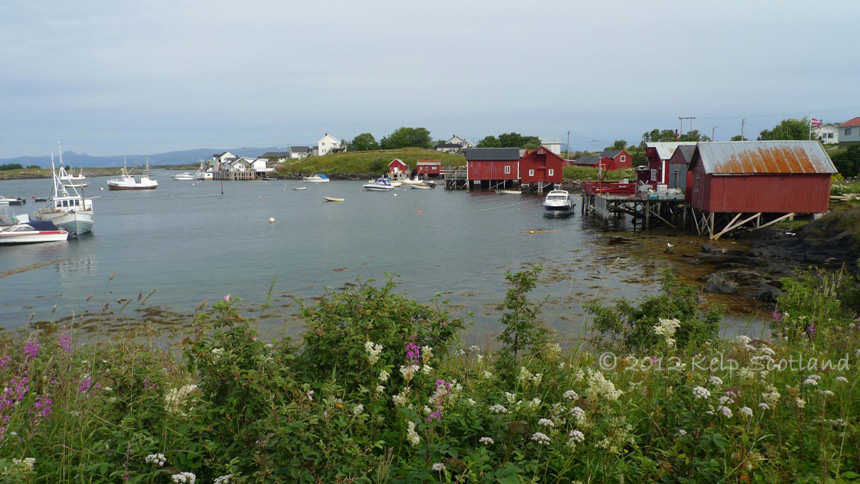


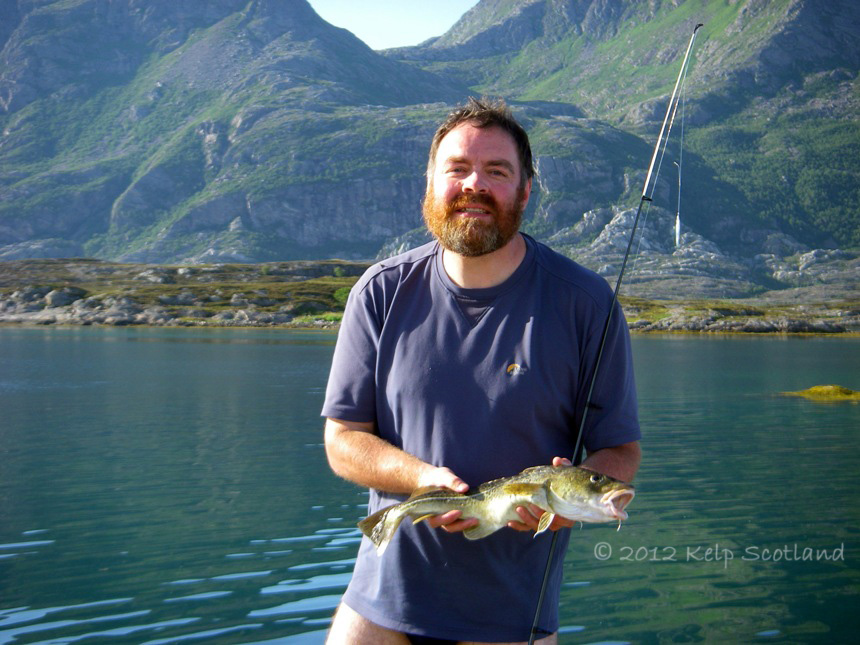





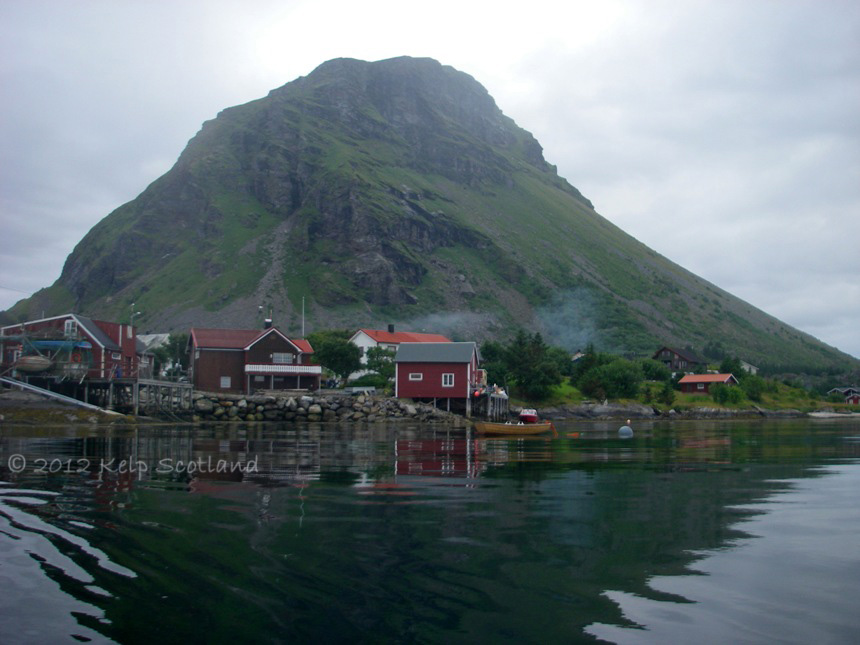
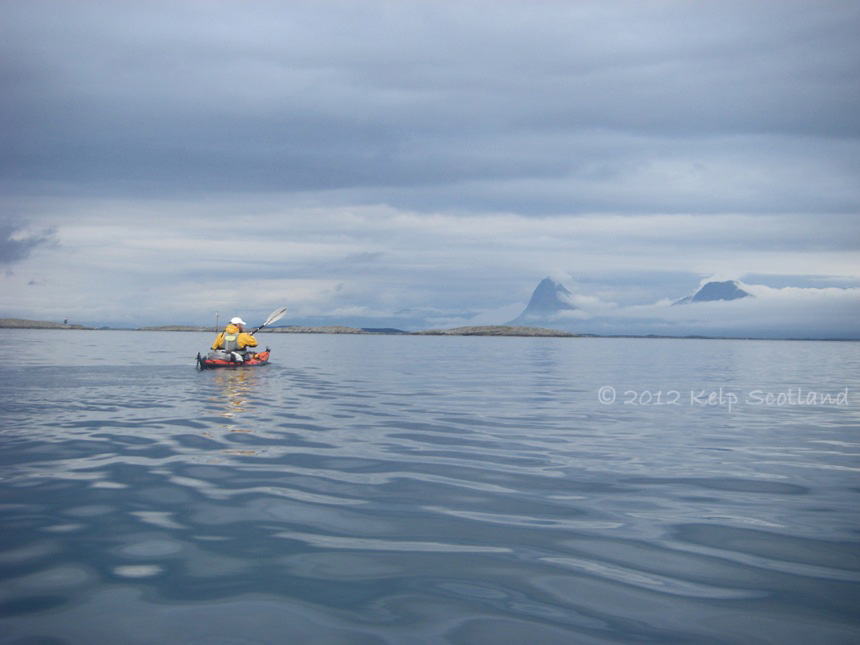







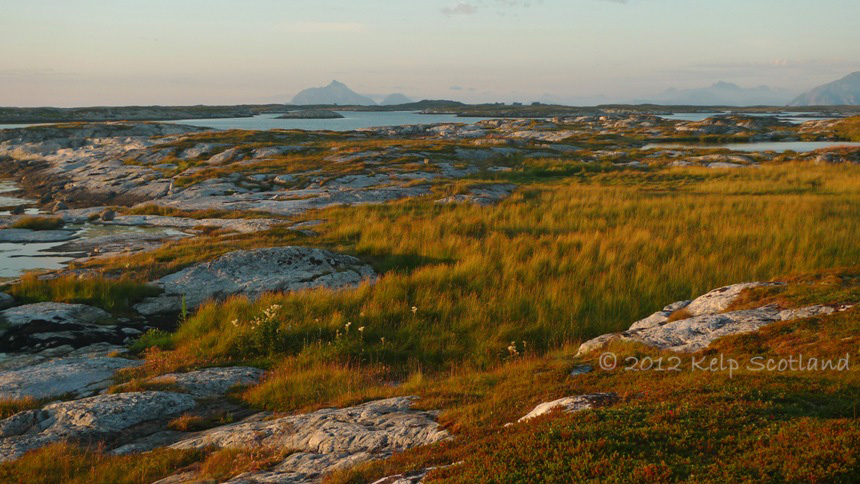

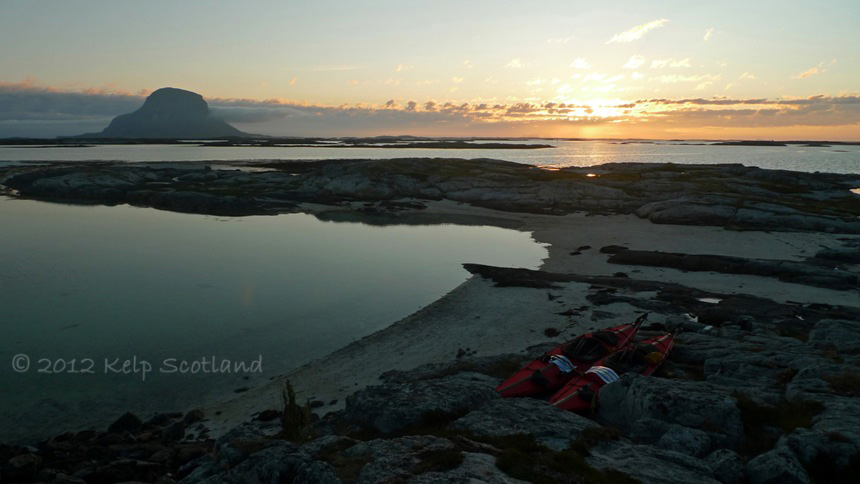
4 Responses to “Helgeland, Norway 2011”
A lovely story, nicely told. Makes me appreaciate the place.
I also run into problems because of keeping airline weight down – plus because I walk, keeping pack weight down. So I usually find myself with no spare shoes. You are brave to “set up camp at 9.00pm” – I like to be settled by sunset in unfamiliar territory. Though on thinking about it, it was July in Norway, so it might have been daylight still.
LikeLike
Thanks. Lovund is almost on the Arctic Circle, therefore it never got fully dark at night, although, the sun did briefly set.
LikeLike
Very cool…
LikeLike
Thanks. Helgeland is a very special place.
LikeLike